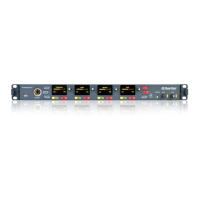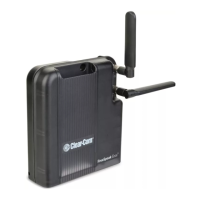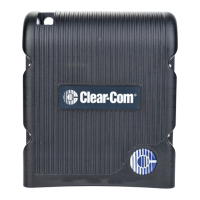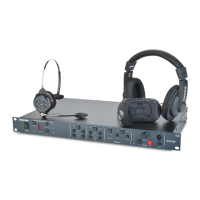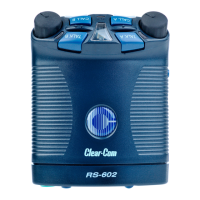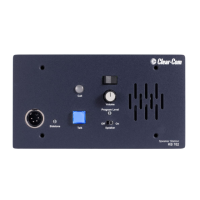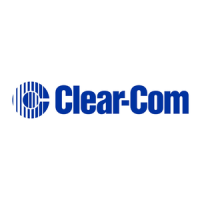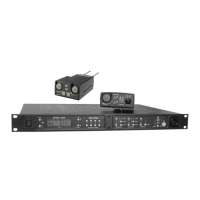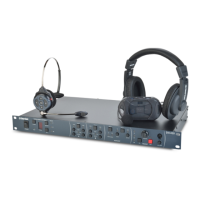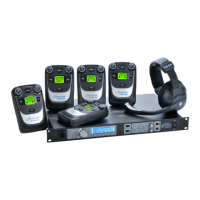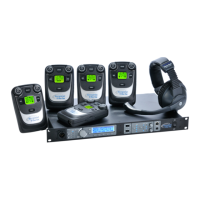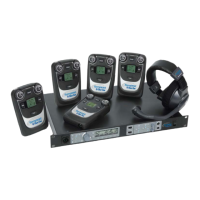User Guide| FreeSpeak II for Eclipse HX
l Be aware that in order to achieve reliable DECT sync, your AES67 network has a lower
tolerance of jitter and delay than other AoIP networks.
l If the AES67 IP address on the transceiver changes, the device will reboot. This may take
up to 5 mins.
6.17 General network and switching rules
The following table lists general system and switch requirements for small, medium and large
configurations.
System
size
Configuration Switch requirements
Small
Up to 10 IPTs
Up to three layer-2 hops between the PTP
master and IPTs
Clear-Com AES67 traffic only
DiffServ QoS
Medium
10 to 30 IPTs
Up to three layer-2 hops between PTP master
and IPTs
Clear-Com AES67 traffic only
DiffServ QoS
IGMP Snooping
IGMP Querier
Large
More than 30 IPTs
More than four layer-2 hops between PTP
master and IPTs
Mixed network traffic
DiffServ QoS
IGMP Snooping
IGMP Querier
PTP Transparent and/or
Boundary clocks
6.18 Beltpack support capacities for FS II IP Transceivers
FreeSpeak II for Eclipse HX supports up to a maximum 64 beltpacks per matrix.
Each FreeSpeak II IP transceiver supports 10 beltpacks within one coverage zone.
When designing the system, determine how many beltpack users will be in or passing through a
given coverage zone. If it will be 10 or fewer users, then place one transceiver in the center of that
area. If it is between 10 and 20 users, place two transceiver next to each other, both with a direct
connection to the FS II Matrix.
If an extra beltpack user goes into a coverage zone with only one transceiver, and that user is out
of range from another transceiver, it will lose connection with the system. This is because the
transceiver has a maximum capacity of up to 10 beltpacks at a time. If one of the existing users in
Page 68
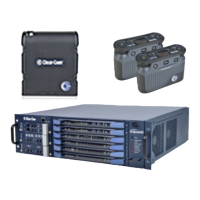
